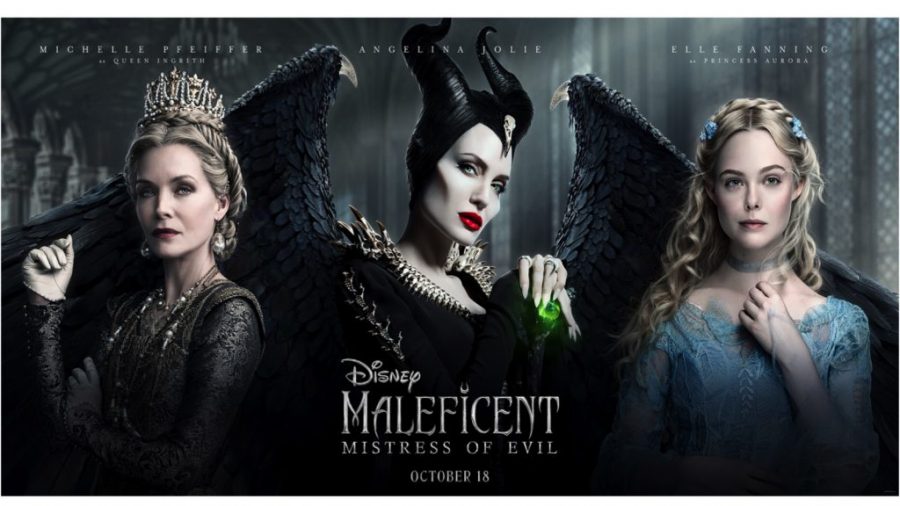Learning empathy through Maleficent
December 13, 2019
In both the 1959 original animated version of Sleeping Beauty and 2014’s Maleficent, princess Aurora is cursed at birth to prick her finger on a spinning wheel on her 16th birthday and to fall into an eternal slumber. The only way she could be awakened is by a true love’s kiss.
In 2014, the live action version of the film Maleficent, presented a different viewpoint of the classic tale: Maleficent’s backstory.
This year at Nazareth, we focus on “widening our lens” in order to become more empathetic. I was struck by how well Disney’s Maleficent movies are a perfect example of this. Before we judge anyone, we should try to understand where they are coming from and why they behave the way they do.
Maleficent provides a perspective that helps viewers understand the title character’s background to better understand her behavior.
I believe that no one is ever born evil: it is one’s misfortunes in life that usually make them behave badly.
The character Maleficent is portrayed as the villain in the Sleeping Beauty story. The 2014 live action film Maleficent reveals how she was a good fairy until she was physically and emotionally hurt by the one she loved.
Released this fall, Maleficent: Mistress of Evil provides even more from the title character’s perspective. Maleficent visits her past and homeland, giving us a new view of what shaped her to become the person she is. And, the suspense and plot twists will keep you on the edge of your seat.
The costume changes of Maleficent and the other characters are so unique and exciting, too. Like, when Maleficent is in her homeland, her hair is uncharacteristically down and her costume is much less severe.
The wedding of Aurora and Philip was not only the union of two people but the coming together of two kingdoms, as well. I like how it depicts how some parents are reluctant about their child getting married, not wanting to let them go.
There is a lot about parental figures in this film. Philip’s mother was excited to have Aurora as a future daughter-in-law, since she never had a daughter of her own. In Maleficent: Mistress of Evil, Maleficent was not just Aurora’s “fairy godmother,” but Aurora calls her “mother” a few times by the end of the film.
While it may be easy to label characters (or real people) as villain and hero, until we really know who someone is and why they are the way they are, it is not fair to do so. Watch the Maleficent movies with an open mind and see how everyone has a story that isn’t always the first one told.


Ms. Radogno • Dec 13, 2019 at 1:26 pm
Interesting perspective! This reminds me of “Wicked” a little bit.